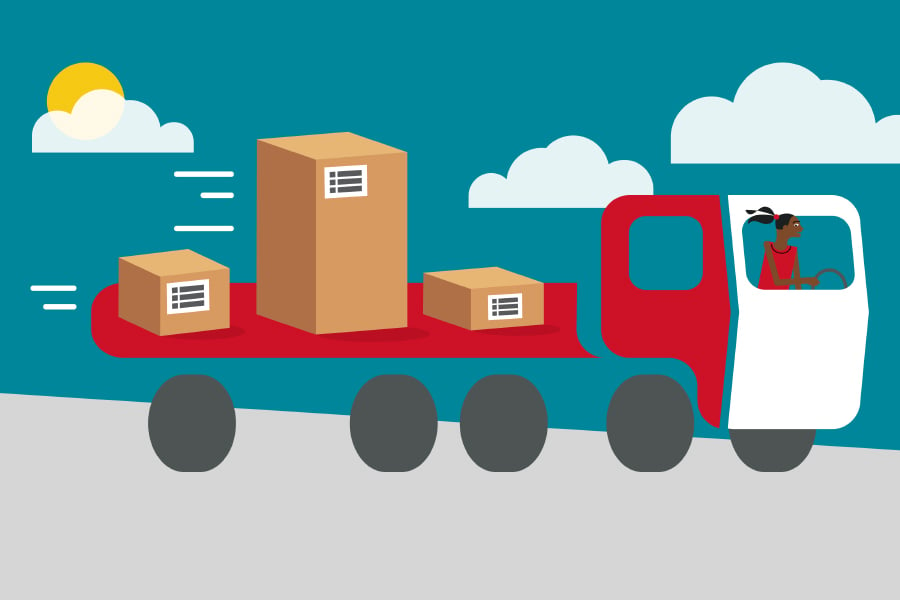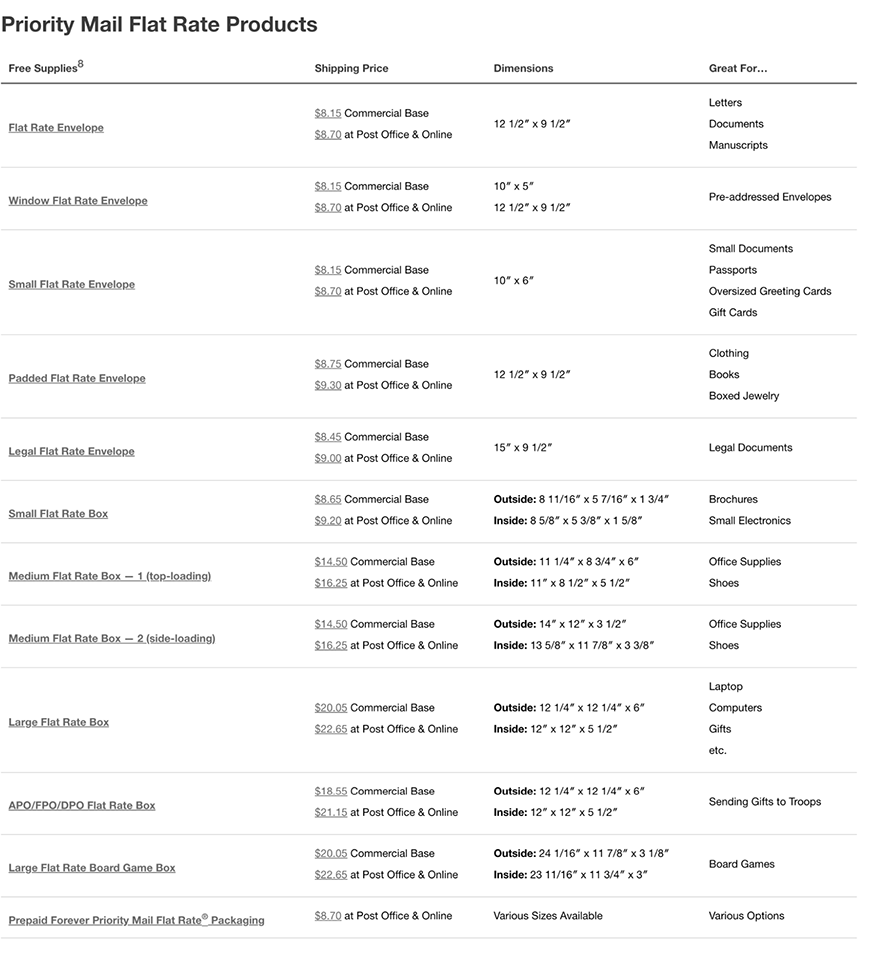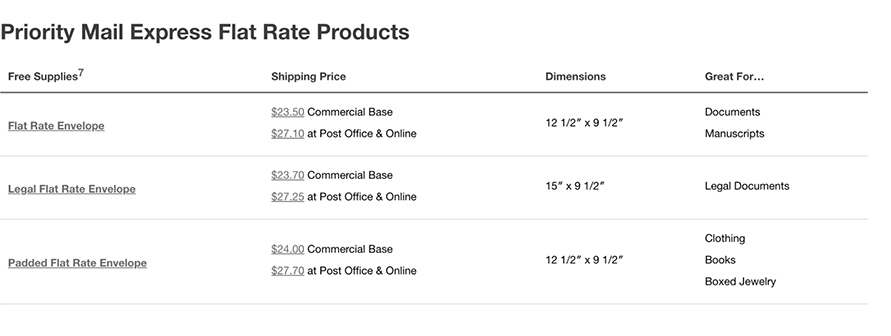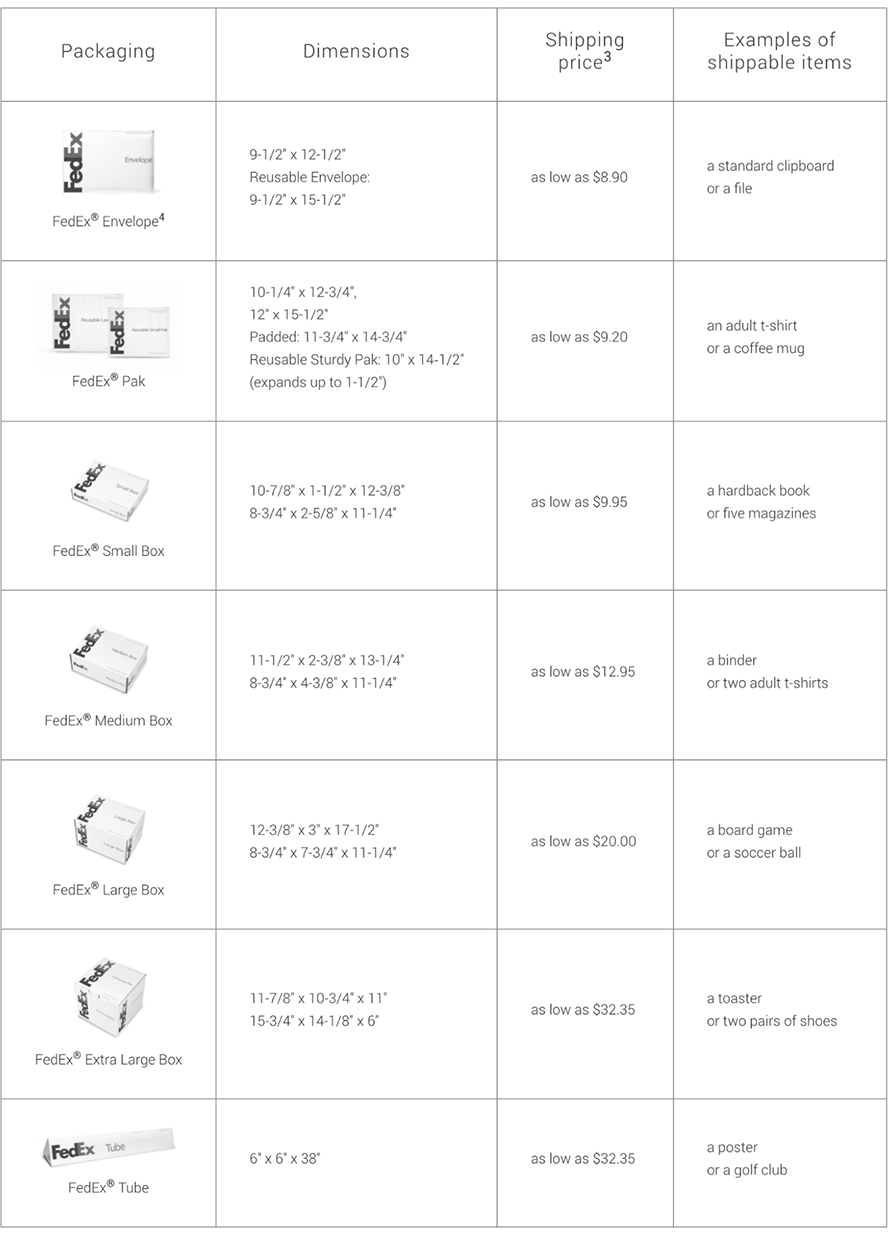Logistics
Warehousing & Fulfillment
Transportation
Industries
Technology & Innovations
E-commerce
E-commerce Fulfillment Services
Lease & Maintenance
Semi Trucks
Logistics
E-commerce
Lease & Maintenance
Buy Used Trucks

Updated March 5, 2025
Shipping is one of the most significant expenses e-commerce businesses face, directly impacting profit margins. The higher your shipping costs, the lower your overall profitability. That’s why having a well-optimized shipping strategy is crucial for cost efficiency.
Flat-rate shipping is a popular option for merchants looking to simplify both their pricing structure and fulfillment process. However, it’s not a one-size-fits-all solution. While it can reduce costs in some cases, its standardized approach may not always align with the unique needs of every business.
So, when does flat-rate shipping offer real savings, and when might it cost you more? In this article, we’ll break down the pros and cons of flat-rate shipping, how it works, and the different flat-rate shipping services available to your business.
What is flat-rate shipping?
Flat-rate shipping is a method where the cost of e-commerce shipping is determined by the size of the box or envelope, rather than by the dimensional (DIM) weight of the item(s) being shipped. Flat-rate shipping is also generally exempt from peak season surcharges, making it an affordable option during the holiday season.
Some shipping carriers will also charge a flat rate regardless of the end destination. This means that merchants can ship a variety of different items to different locations for the same price, so long as it fits the shipping box and maximum weight prescribed.
The purpose of flat-rate shipping is to offer businesses a way of standardizing their shipping costs, controlling for the large variations that can occur due to DIM weight, shipping distance, and seasonal peaks. This makes can flat-rate shipping a highly useful shipping method for online sellers who are looking to optimize their shipping strategy.
The difference between flat-rate and standard shipping
Standard shipping and flat-rate shipping are often used interchangeably in discussions about e-commerce shipping, but they represent two very different ways of calculating rates.
Standard shipping, often referred to as economy shipping within e-commerce, is usually the cheapest service level available with a carrier. When a merchant is offering free shipping to customers at checkout, this will almost always be a standard shipping option.
Standard shipping helps to keep shipping prices down, but also means a much slower delivery time. Moreover, it also takes into account a lot of variables when calculating rates, including the size, weight, shape, and destination of a package. So, while standard shipping might be the cheapest service level, the cost can still fluctuate considerably per order.
While the cost of shipping a medium flat-rate box versus a large flat-rate box will vary, flat-rate pricing doesn’t include variables like DIM weight (in the case of USPS and UPS, the number of shipping zones also doesn’t apply). This means that merchants can ensure consistency and minimize the number of unexpected costs that crop up during the shipping process.
How does flat-rate shipping work?
All major shipping carriers now offer their own version of flat-rate shipping. Some carriers will require you to use packaging supplied by them, while others allow you to supply your own so long as it fits certain dimensions.
The cost of flat-rate shipping is determined by size (with small flat rate boxes or envelopes being the cheapest) and by service level. There are also weight limits that merchants need to abide by to avoid being stung by extra fees.
Flat-rate shipping services at USPS, FedEx, and UPS

Maximum weight: 70 lbs
Delivery timeframe: 1-3 business days
Pick-up: Yes

Maximum weight: 70 lbs
Delivery timeframe: Next-day to Two-Day guarantee
Pick-up: Yes

Maximum weight: 10 lbs (envelopes) 50 lbs (packages)
Delivery timeframe: Different service levels available
Pick-up: Yes
For pricing per shipping zone, see FedEx’s website for details.


Maximum weight: 50 lbs
Delivery timeframe: Different service levels available
Pick-up: Yes
Which flat-rate shipping service is right for me?
UPS, FedEx, and USPS flat-rate shipping services are similar offerings, but there are some crucial differences.
For example, USPS and UPS allow merchants to ship across multiple zones for the same price, while FedEx does not. If your customers are spread from coast to coast, FedEx will cost you more money than necessary. However, FedEx is easily the most affordable option when you’re shipping locally, as flat-rate options are available for different shipping zones.
Likewise, both USPS and FedEx mandate that their own packaging is used for flat-rate shipping. This is a lost branding opportunity, but using USPS flat rate boxes for free will save you considerably on packaging costs. UPS does allow you to supply your own packaging, but you will need to shoulder these costs yourself.
In sum, it’s up to merchants to weigh up different flat-rate shipping options to figure out which postal service is the best fit for their current shipping strategy.
The pros and cons of flat-rate shipping
The pros:
Predictable shipping costs
For many online sellers, DIM weight and peak season surcharges end up seriously undermining profitability. While you can control some costs by using split shipments or comparing carriers, it’s impossible to avoid residential delivery charges when using a regular shipping service. With flat-rate shipping, you can avoid these extra charges and keep shipping cost-effective for you and your customers.
Using carrier-supplied packaging
Even if you’re using standard packaging, rather than more expensive custom-branded packaging, this can still add considerably to the cost of fulfillment. Being able to partner with a carrier who supplies their own packaging free of charge is highly cost-effective for merchants, especially for those who are just starting out.
Carrier-supplied packaging also helps to streamline the e-commerce fulfillment process. Because DIM weight has been pre-determined by the carrier, you don't need to weigh and check the dimensions of every package before sending. This shaves considerable time off the fulfillment process.
Easy free shipping promotions
It’s much easier to offer free shipping to customers when you know exactly what your shipping costs are and how much they are cutting into your profit margins. Because flat-rate shipping costs don’t fluctuate throughout the year or per order, merchants can bake the cost into their product prices or set a free shipping threshold with confidence.
The cons:
Merchants can spend more on shipping than they need to
The biggest advantage of flat rate shipping i.e. standardized rates can be a major disadvantage if your shipping needs don’t align with where the biggest cost savings can be made.
For example, flat-rate shipping is a big money-saver for e-commerce brands that are regularly shipping orders over long distances. But you’re only handling short-haul deliveries, flat-rate shipping will cost you far more in the long run than regular shipping rates will.
It doesn’t always create the best customer experience
While flat-rate shipping is much more straightforward for merchants to manage, this doesn’t mean that it’s the best strategy for CX management.
Only offering flat-rate shipping may frustrate those who want their orders faster, while others may dislike the price point. Moreover, a major caveat of flat-rate services is that delivery dates are not always guaranteed, which can add considerable friction to the post-purchase experience.
Lost branding opportunities
The moment of delivery is one of the biggest competitive differentiators in e-commerce. But by using carrier-supplied packaging, you’re effectively handing key branding space over to USPS or FedEx - not your own business.
In sum, flat-rate shipping can mean missing out on a crucial avenue for fostering brand familiarity and trust with customers - not to mention sacrificing memorable unboxing experiences that build customer engagement.
When is it cheaper to do flat rate shipping?
So, in what circumstances is using flat-rate shipping to your advantage?
If you’re a business that ships lots of small, heavy items. Flat-rate shipping enables you to avoid getting stung by extra fees for shipping parcels with a high DIM weight.
If you’re using a centralized fulfillment strategy. If you have one warehouse that ships orders all around the country, flat-rate shipping prevents you from paying a premium to cross multiple shipping zones.
If you’re fulfilling in-house. Brands practicing self-fulfillment are well served by flat-rate shipping, as consistent pricing and carrier-supplied packaging keeps fulfillment costs down and streamline the packing process.
When is it NOT cheaper to do flat rate shipping?
However, there are some situations where flat-rate shipping is more of a hindrance than a help. If any of the following apply to you, flat-rate shipping is probably not the best approach for your business:
When you want creative control over the delivery experience. It’s tough to make the moment of delivery into a key touchpoint if you’re forced to use carrier-supplied packaging. Brands who are wanting to create a consistent, end-to-end customer experience will either have to compromise or choose a shipping method that offers customization capabilities.
Your products are small and lightweight. If a typical customer order is way under the weight limit of most flat-rate services, you’re effectively paying for extra weight that your business isn’t using. In this case, it’s much better to use regular shipping services where you only pay for what you ship.
You’re typically shipping orders quite close to home. If you’re a small business whose customer base is quite localized, you’re not going to maximize the cost of flat-rate shipping. As with the case above, it’s much more cost-effective to pay for short-haul deliveries within one shipping zone.
While flat-rate shipping is a brilliant cost-saver for some e-commerce businesses, it could also end up pushing your shipping costs higher than they need to be. That's why it's a good idea to partner with an e-commerce fulfillment provider who can help you to design a shipping strategy that optimizes for cost, speed, and customer experience.
Ryder is an experienced direct-to-consumer fulfillment provider who maintains partnerships with all major national or international carriers. Our SmartRate selection tool makes it easy to compare and contrast carrier rates and use your order history to design the perfect shipping strategy for your unique needs.